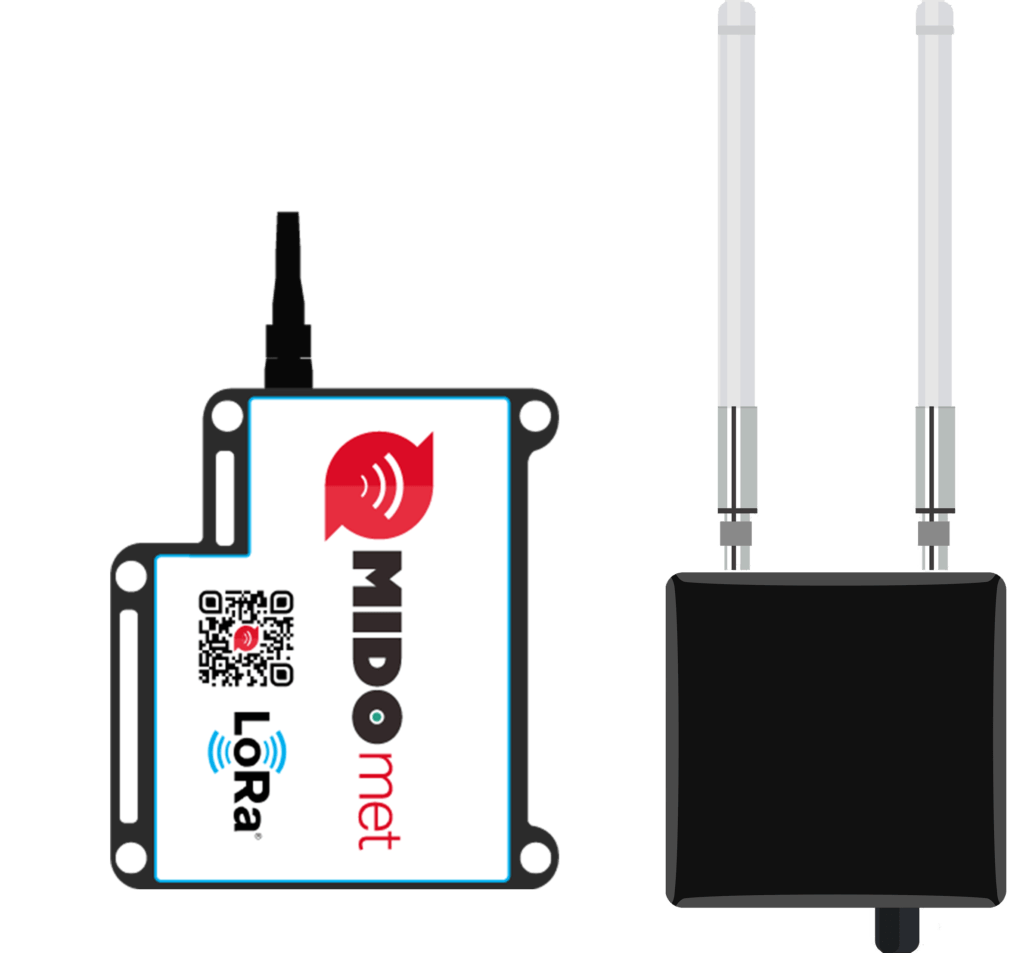
Devo monitorare solo i miei consumi
Devo ripartire i consumi di acqua e/o calore di tutti i condomini

MiDoMet LoRa
+
Gateway
Devo monitorare i contatori di un'area urbana
Devo monitorare serbatoi, pressione e livelli
Devo monitorare i consumi di grandi utenze

Devo monitorare solo i miei consumi
Devo ripartire i consumi di acqua e/o calore di tutti i condomini
soluzione

MiDoMet Lora
+
MiDoMet LoRaWAN Gateway
Devo monitorare i contatori di un'area urbana
Devo monitorare serbatoi, pressione e livelli
Devo monitorare i consumi di grandi utenze